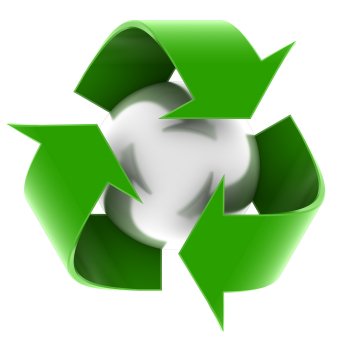
Isko introduces R-TWO50+ yarns
Fabric better than the original can be obtained by using solvents to break down worn out textiles, the VTT reports.

13th August 2014
Innovation in Textiles
|
Espoo
The dissolving of textile waste offers the opportunity to return large volumes of waste to textile production, according to the Finland based VTT Technical Research Centre.
Novel and efficient methods will be able to recover cellulose molecules, providing one way of resolving the limitations soon to be placed on the use of landfill sites. Such methods will also serve to promote the efficient use of materials. VTT is currently developing methods for handling large quantities of textile waste material.
Finland, as with other countries in the EU, must make decisions on the future treatment of textile waste. The EU Directive set in 1999 contains quantitative restrictions for phasing in with regards to biodegradable waste deposited at landfill sites. The practice of taking textile waste to landfill sites will be brought to an end by regulations entering into force in Finland on 1 January 2016.
Large-scale solutions to the problem are already being developed in Finland: fabric as good as or better than the original can be obtained by using solvents to break down worn out and even heavily soiled textiles, the research centre reports.
“Although reuse of textiles and mechanised recycling methods ease the burden on the environment, the textile mass also includes material in poor condition or heavily soiled, limiting the opportunities for recycling. The new methods multiply the utilisation possibilities,” explained Research Professor Ali Harlin of VTT Technical Research Centre of Finland.
“Textile recycling saves virgin raw materials for products with higher production value. The prerequisite for functional recycling is a system that recovers textiles efficiently with regard to environmental considerations. It is important to incorporate recycling early, at least at the planning stage,” said Anna-Kaisa Auvinen, Managing Director of Finatex – the Federation of Finnish Textile and Clothing Industries.
“The best result will be achieved when the textile and clothing industry, consumers and other stakeholders work together to build a voluntary and practical recycling system. We have gathered the key actors around the same table with the intent of developing the solution to Finland's textile recycling.”
VTT, Aalto University and Tampere University of Technology are together developing novel recycled textile fibres in the Design World of Cellulose project, a major technological opening of Tekes - the Finnish Funding Agency for Technology and Innovation.
Research scientists are currently working on methods for separating the cellulose molecules contained in textile waste, such as cotton, using efficient and environmentally friendly solvents.
Several methods exist for dissolving cellulose, and these have seen notable development over the past decade. One example of such a method is Aalto University's Ioncell-F, which uses ionised solvents developed together with the University of Helsinki. VTT's role in the project covers cleaning the textile mass and preparing the cellulose in a suitable form for solvent application, while Aalto University develops the spinning processes.
Finland consumes around 70,000 tonnes of clothing and household textiles each year. Estimates suggest about 30% of consumption is reused, with about 14% sent for recycling, according to the Ympäristö ja Terveys journal 2013 edition.
Helsinki Region Environmental Services Authority HSY waste sorting study in 2012 suggested that the amount of textile and clothing waste in the Helsinki metropolitan area grew by 14% between 2007 and 2012.

Business intelligence for the fibre, textiles and apparel industries: technologies, innovations, markets, investments, trade policy, sourcing, strategy...
Find out more